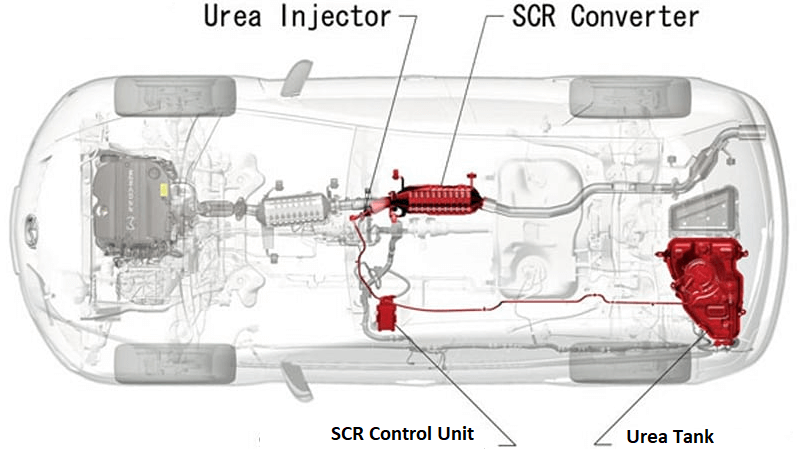If you’re wondering about Pacemaker Headers, don’t attempt to puzzle out this term by yourself. You’ll end up visualising an electronic gizmo that’s intended for an ailing heart, and you’d definitely be on the wrong track. This is a brand name, a car enthusiast vendor that manufactures exhaust system headers. Australian built, Pacemaker pipework is built for performance, thanks to a pipe-over-cone feature that edges out the competition.
A Header Refresher
As you probably recall, engine headers bolt on to the exhaust manifold in your vehicle’s engine. The object of the uniquely profiled back pressure reducers is to give each cylinder its own discharge path, with the channels then blending into a single thick bore tube. When you install a header system, you’re taking the load off the cylinders by endowing them with their own outlet channel, one that then combines attractively with its peers to quickly dismiss all exhaust gases. In appearance, the pipes make your vehicle look like a muscle car, but the performance modification can go even further, just as long as you’re willing to select a top-branded manufacturer.
Pacemaker Headers: Redefining Cylinder Separation Technology
Quality exhaust headers, courtesy of Pacemaker, take this byproduct separation principle to a whole other level. First of all, the mandrel-bent pipes are specifically designed to accelerate the ejection process, so the discrete fume streams rocket out of the pipework before the exhaust back pressure even begins to hamstring engine performance. Next, an innovative engineering company enjoys leading the field, not playing follow the leader, so the Pacemaker team have been busy. They’ve added that mandrel-bent profile to the mix, then brought their engineering acumen deeper into the architecture of the headers to deal a blow to the turbulence that develops when these discrete byproduct streams recombine. The solution is Pipe Over Cone technology, a header profile feature that significantly reduces gaseous turbulence so that the gases move unhindered towards the exhaust tips.
A peek inside the vendor-tuned pipes shows a design that doesn’t place a protruding pipe inside the collector cone. Instead, Pacemaker Headers focus on singular innovative solutions, products that curve while never attenuating the exhaust stream as it travels away from the engine manifold. Add to that the copyrighted pipe over cone feature, a design that draws upon the laws of fluid dynamics, and this product family easily gives any other header vendor a run for its money. Built to inject your next bolt on set of headers with added performance, Pacemaker Headers are also long lasting, designed to fit many popular cars, and a product of a dedicated R&D environment.
Trufit Exhaust
437 Warrigal Road,
Moorabbin, VIC 3189
Australia
Areas serviced: Melbourne
Tel: 03 9555 5688
Trufit Exhaust on Google Maps
Trufit Exhaust on Google Search
Main Source: This Post “What Are Pacemaker Headers?” appeared first on “Exhaust Tips & Blog“


